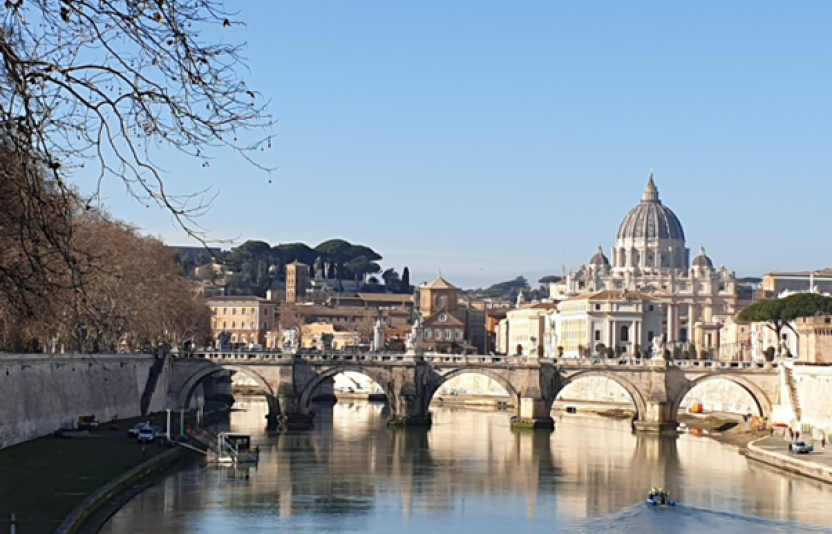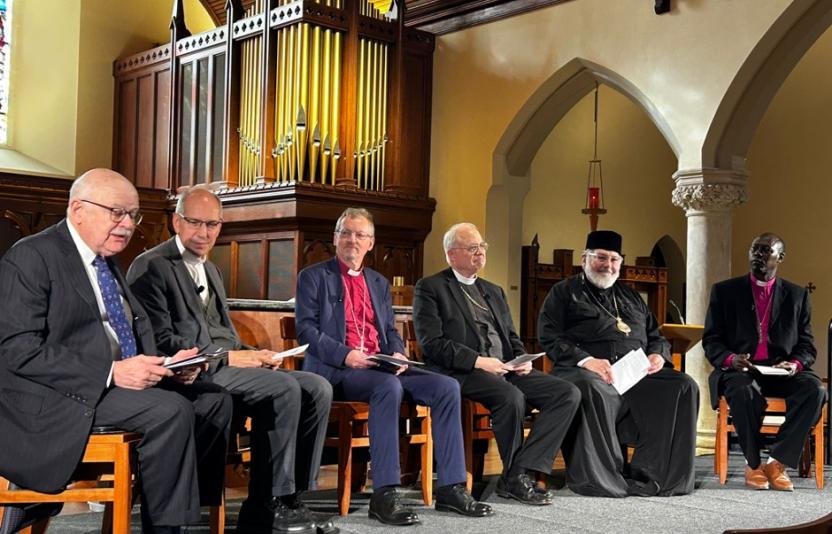A memorable tour of our Swiss chaplaincies
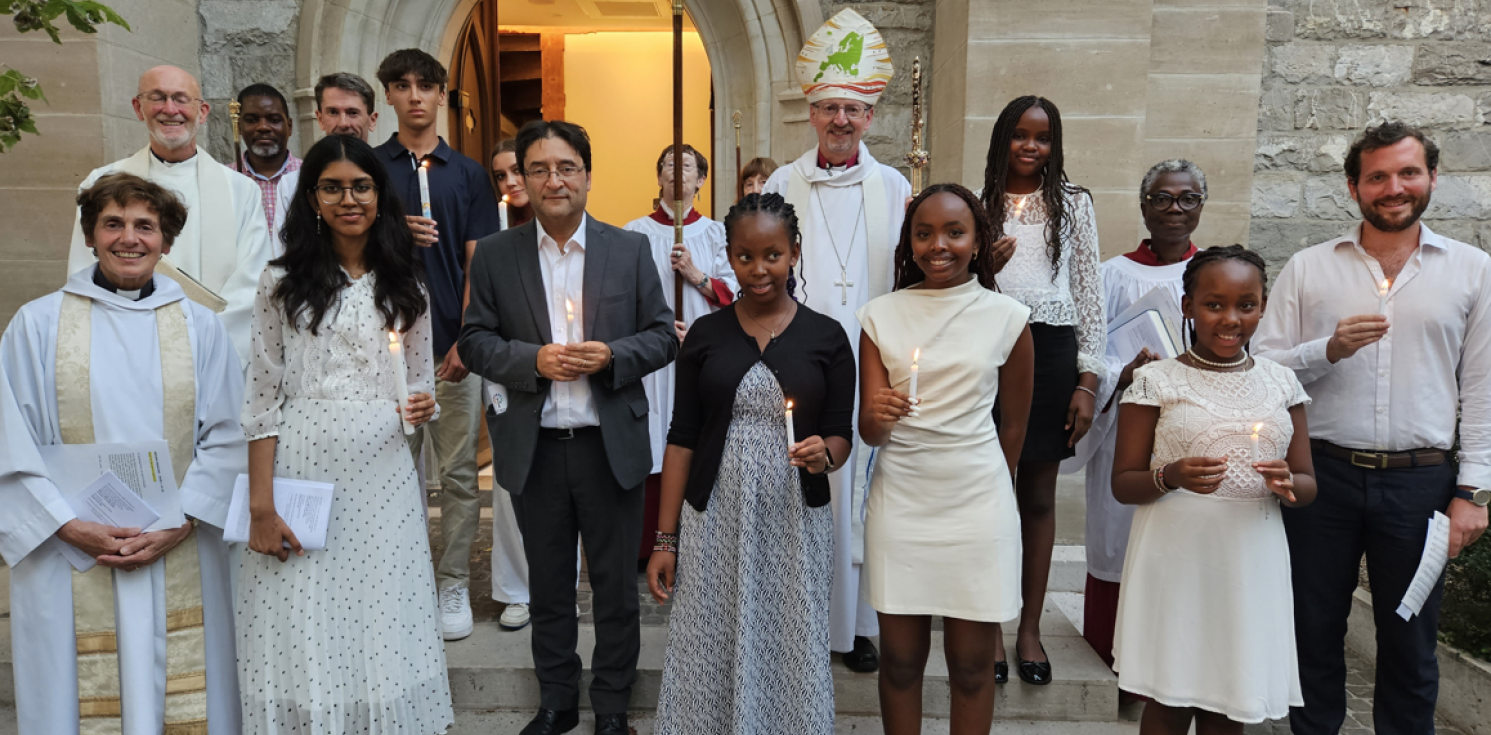
It is good to be properly out and about post-Covid! The effect of the pandemic had meant that I had not visited a number of our Swiss chaplaincies for several years. The beginning of a new academic year was the chance to address this with a four-day tour of Switzerland in the company of the Archdeacon, Peter Hooper.
We began in Geneva, with the opportunity to see the wonderfully renovated church of Holy Trinity (below). Phase One of their ambitious building project is now nearly complete. The exterior stonework has been completely refurbished. Inside, a beautiful new, beige stone floor has been laid. New lighting has been installed, the pews cleaned, the old window grills removed and the walls painted. The overall impact is stunning. It looks like a new church. While I was there a steady stream of visitors came in to have an admiring look around.
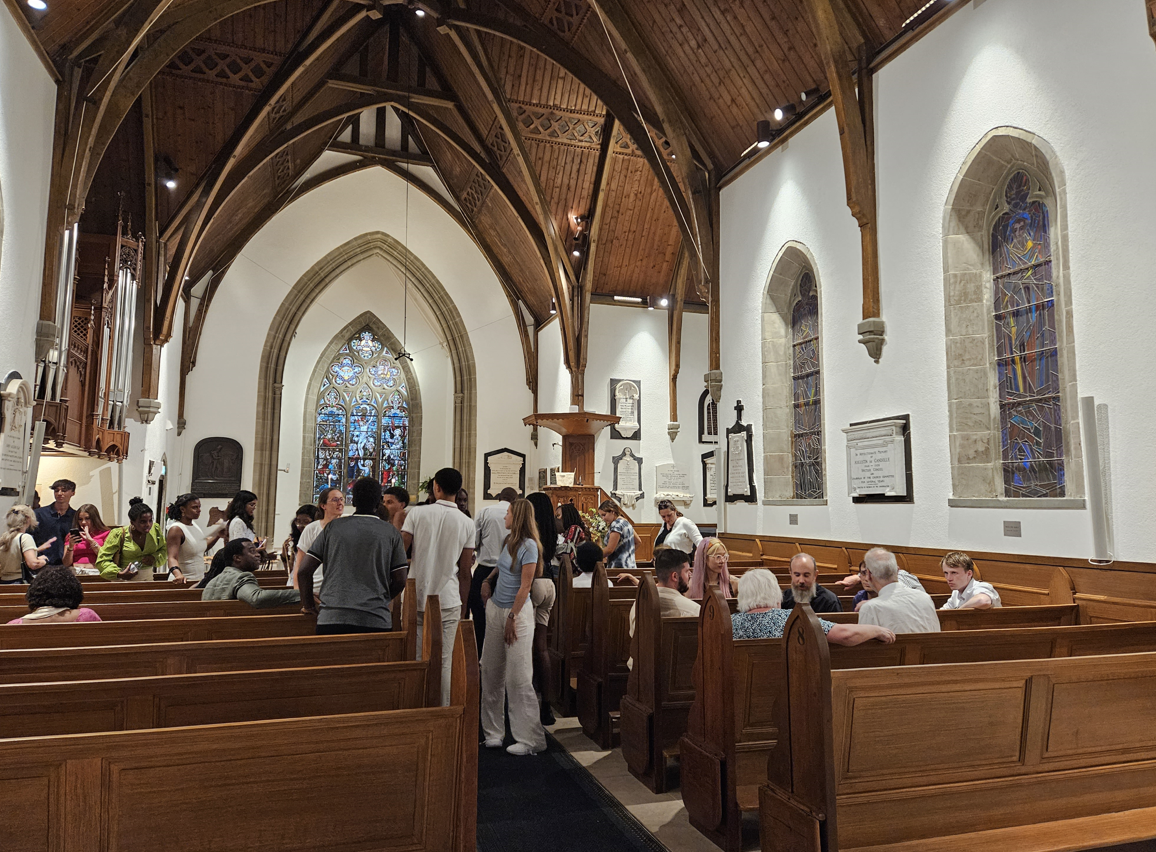
Phases 2 and 3 of this multi-million franc project involve the refurbishment of the hall at level minus one, and the tunnelling and construction needed for new social space at level minus 2. It is a really ambitious project, undertaken by the Council with the active interest and support of the Genevan authorities.
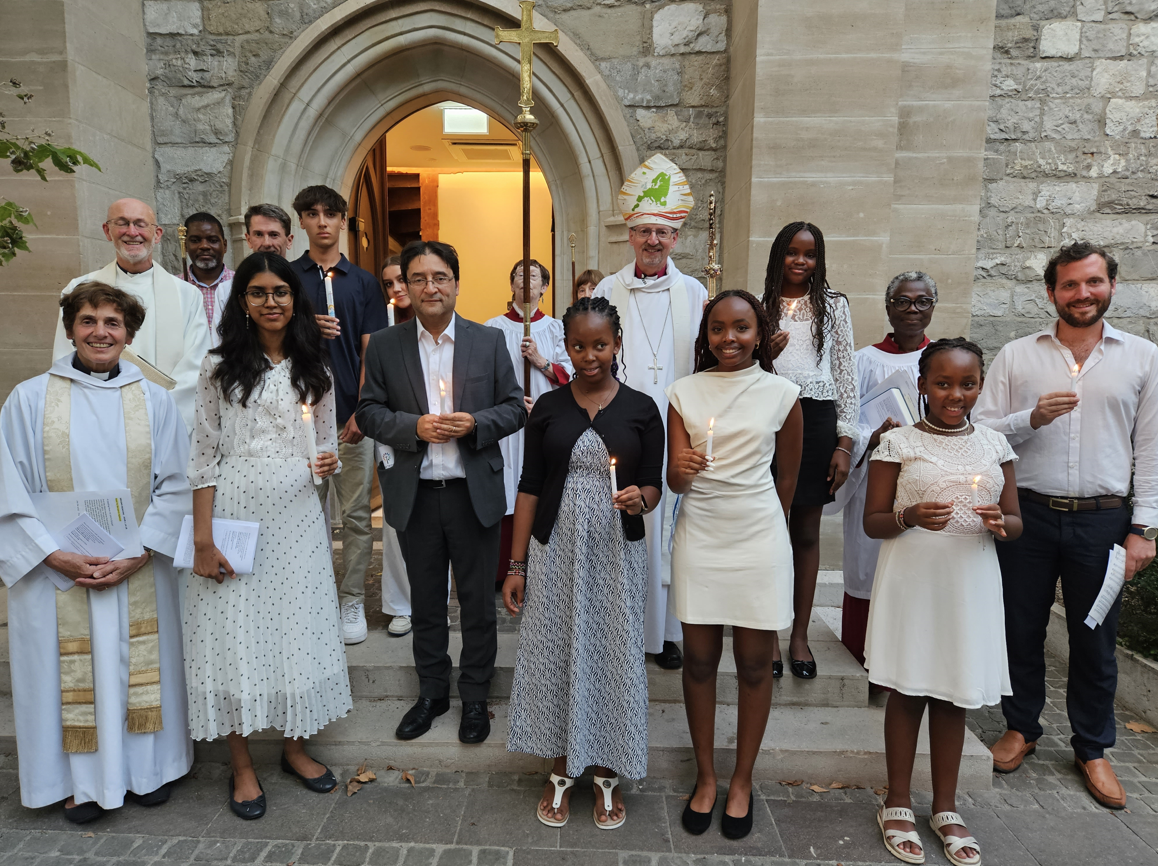
But the first purpose of my visit was to confirm the excellent young and younger people above. Between them they represent Africa, Asia, the Americas and Europe. One of these candidates is also a prospective ordination candidate, and in his ‘day job’ has responsibility for the UN’s human rights efforts across the Americas – I am thrilled that a member of the chaplaincy is in this key position.
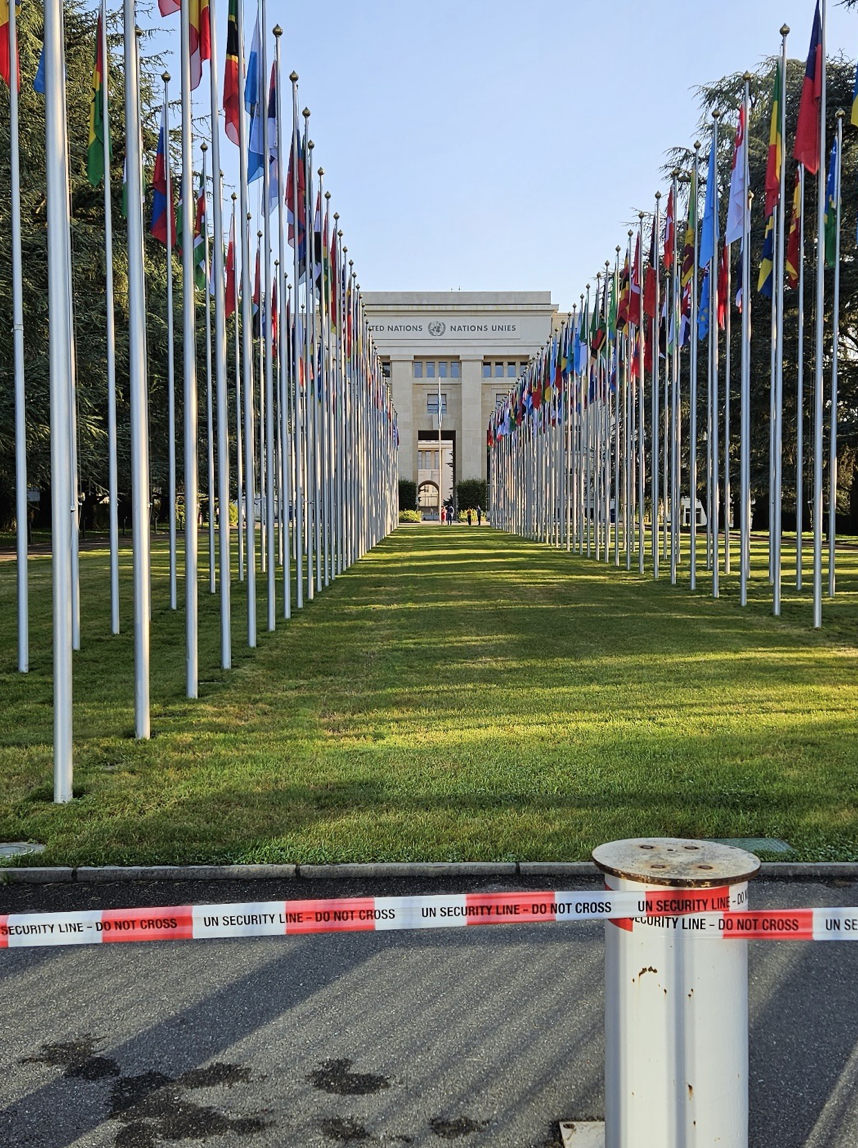
Geneva is, of course, the principal European base for the UN. Many thousands of staff work here across several agencies. In a world which is increasingly divided and dangerous their task is both difficult and vitally important.
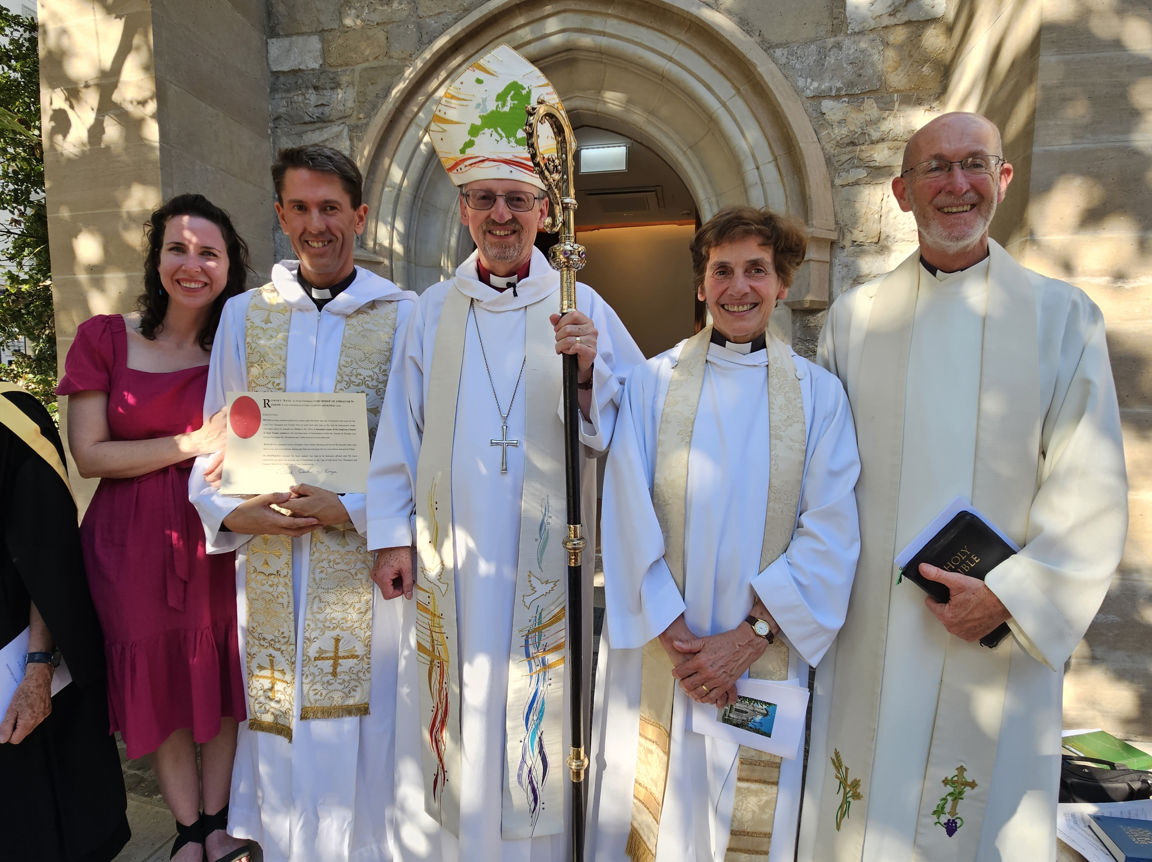
My second purpose for being in Geneva was to license Glen Ruffle (pictured here with Angela, to whom he is newly married). Glen is to be Curate at Holy Trinity and the Anglican Communion representative to the UN. Glen has a background in international relations and was formerly a member of our chaplaincy in Moscow. I wish him much fulfilment in this new role, as he works alongside our very experienced incumbent, Dr. Daphne Green (second from right).
Leaving Geneva, we took the train along the lake to Nyon, to meet Canon Carolyn Cooke, who has served for many years as Chaplain of La Côte and is also Area Dean.
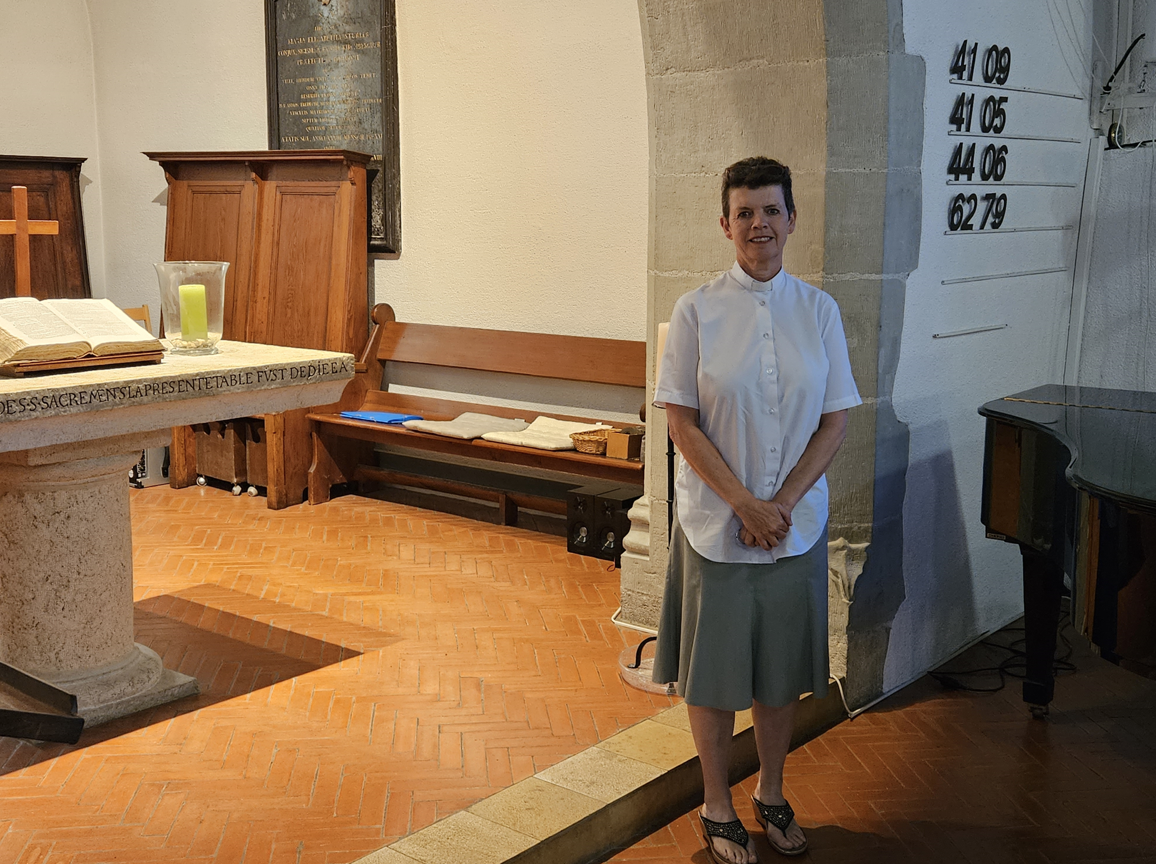
The La Côte chaplaincy does not have its own building, but meets in a gorgeous Swiss Reformed church building in the idyllic small town of Gingin on the French border. Carolyn had arranged for me to meet members of the church for lunch in the adjoining parish centre. I was impressed by how many took time out of their working day to be with us. For the first time that I can recall, I was asked to give a presentation on my life and work as a bishop. That was fun and brought home to me that most people have very little idea of what bishops do. I am always open to repeating this in other places! Carloyn and La Côte have a strong commitment to refugee ministry, which is a priority for our diocese.

In the afternoon, we travelled further around the lake to Montreux, a town with a long history of welcoming English speakers and also associated with famous personalities such as Charlie Chaplin and Freddie Mercury. It was a delight to confirm the candidates in the picture above, three of whom were from the same family and had gathered from different European countries to be confirmed together. Helen and I were very grateful for the warm hospitality of Canon Paul Ormrod and his wife Jill.
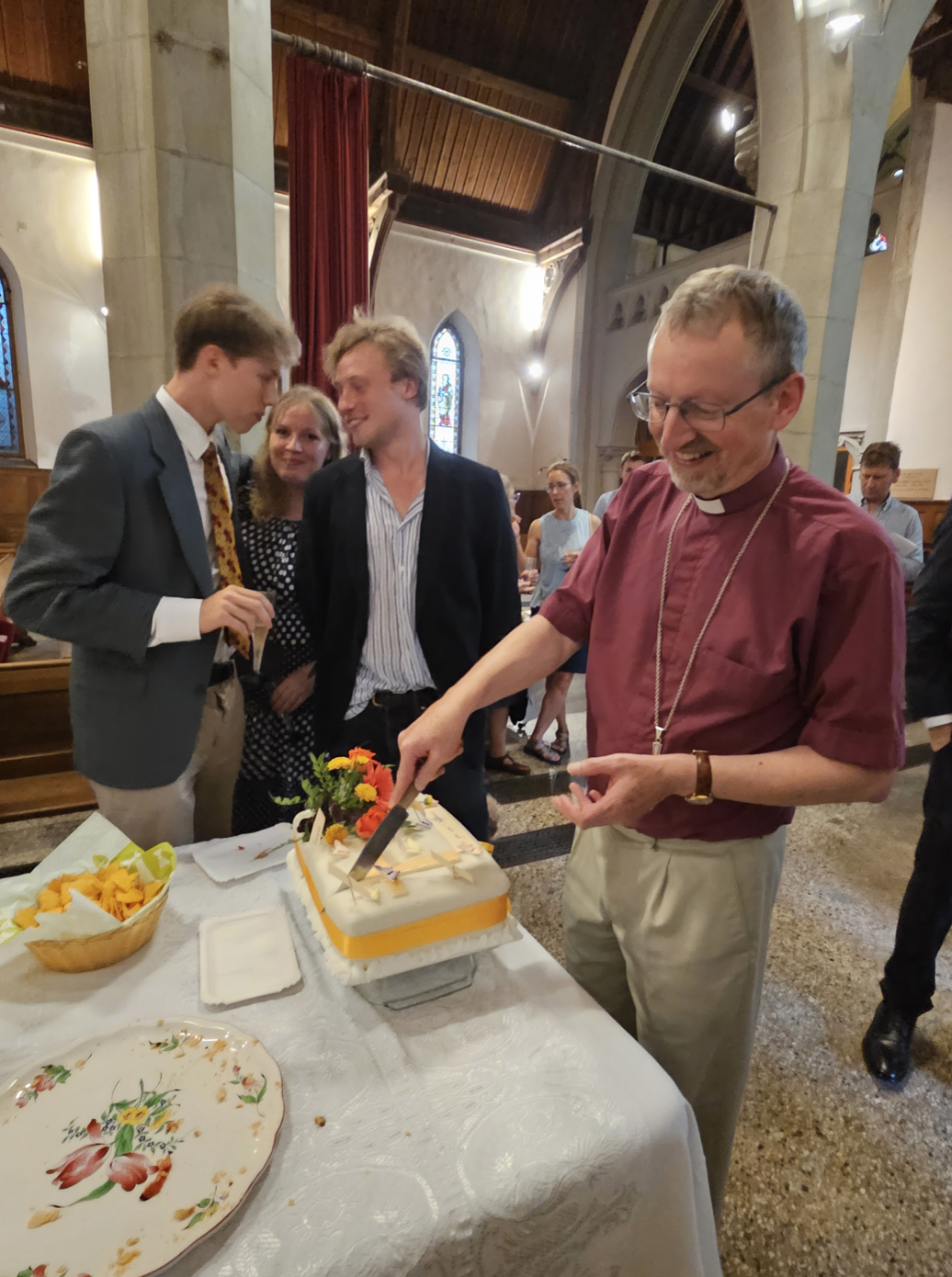
I was delighted to celebrate with Paul the fortieth anniversary of his being ordained, along with ten years in the Diocese in Europe and (almost) five years at Montreux. It was my privilege to cut the splendid cake made by Jill to mark the occasion of the Confirmation and Paul’s 40 years of ministry.
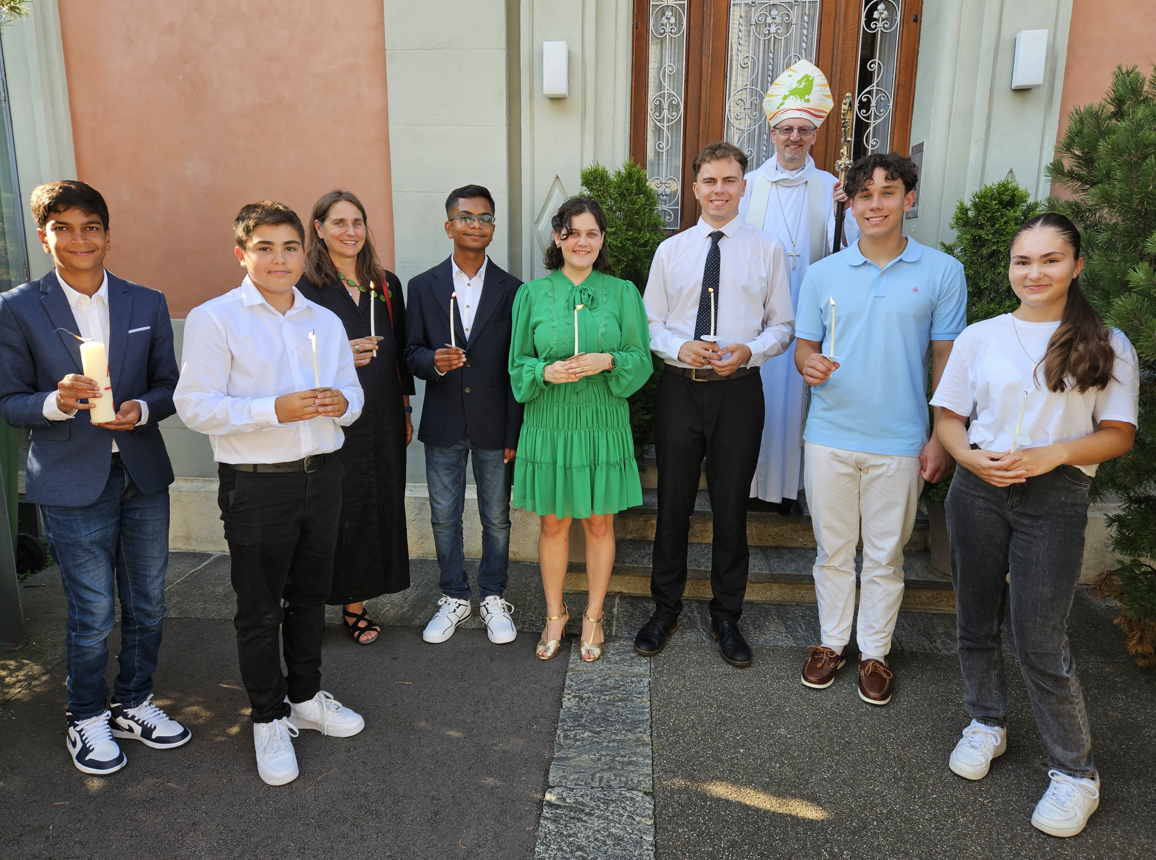
After an overnight stay in Montreux we set off first thing in the morning for Basel. Basel has a team of three ordained staff, led by The Revd Caroline Throup, who has just completed her first year in the chaplaincy. Basel is unusual in having a more contemporary morning service AND a traditional evening service that meet in different venues. We gathered for a confirmation service in the spacious setting of the Roman Catholic Church of Sacré Coeur, with candidates from both services prepared by Assistant Chaplain Anne Lowen, along with a candidate joining us from our Zurich chaplaincy prepared by Revd. Jackie Sellin. The Catholic priest was very hospitable and gracious, especially I thought, as our service included the reception of a former Roman Catholic into the Church of England. I was pleased again, to find myself confirming a highly diverse set of candidates, including one young man with Bulgarian/Russian heritage.
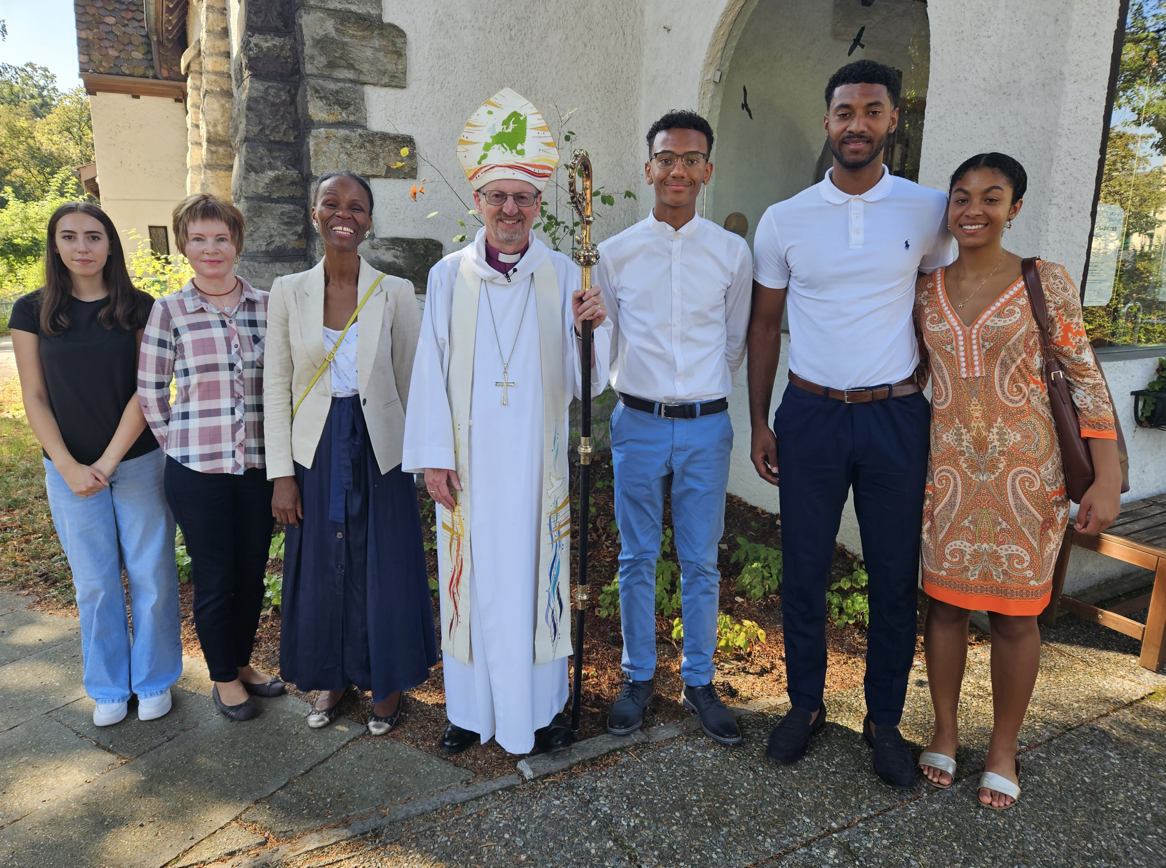
After spending the day in Basel we travelled in the evening to the Swiss capital of Berne, where we were graciously hosted by the Chaplain, Helen Marshall, and her husband the Revd. David Marshall. The Confirmation took place in the context of the main Sunday service, and the building was full. One of the young men in the picture is of Ghanaian heritage and is excited to be about to enter training to be an officer in the Swiss police. I reflected how much our police forces need good, faithful, young recruits like him from ethnic minority backgrounds.
After the service I was delighted to collate Helen Marshall as a new canon of our cathedral chapter. I also met with the chaplaincy council. Helen had prepared a very helpful two sides of A4 setting out the strengths of and challenges faced by St. Ursula’s Berne. It seemed to me that the strengths were impressive. This is a strong chaplaincy, ably led, with an admirable commitment to its own spiritual growth and to outreach in mission and evangelism.
I returned home from this trip full of joy, counting myself fortunate to be bishop of such an extraordinary diocese. I am thankful for the diversity of the chaplaincies I visited, in age and in cultural backgrounds, and thankful for the quality of lay and ordained leaders who serve them. Each of these chaplaincies is to some degree recovering from the huge and lingering effects of the pandemic, but they are doing this well and there are signs of growth everywhere.
This visit was full and intense. It was only possible because of the efficiency of the Swiss trains (we took nine of them and each one ran on time to the minute) and because of the careful planning of my personal office staff working with each chaplaincy: my thanks to them!
It is sometimes possible as a bishop and as a diocese to be far too aware of the problems and difficulties. Yet we have so much for which we can and should give thanks to God. I hope as you read this blog you will share with me the sense of excitement I feel in sensing God at work in the lives of so many people and of the flourishing of our church communities.
